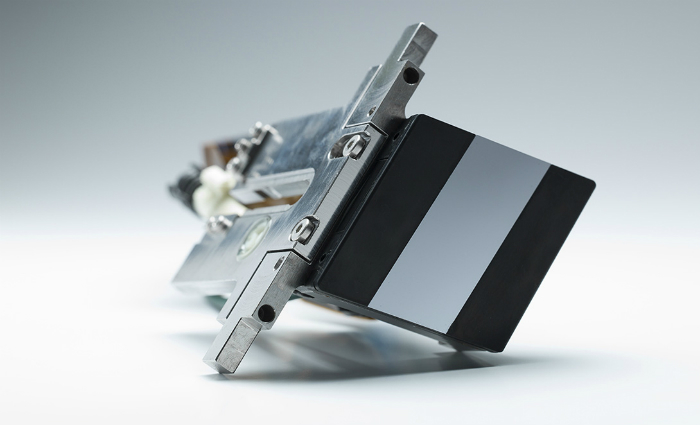Research company Smithers Pira reports that the global market for inkjet printing will grow at a rate of 9.4 per cent year-on-year, reaching a value of US$109bn ($163bn).
Titled The Future of Inkjet Printing to 2023, the report’s conclusion about inkjet contrasts markedly with its projection for growth in the print industry as a whole of 0.8 per cent annually.
The report’s author contends that in 2018 the total value of inkjet printing in graphics and packaging applications will reach US$69.6bn, with a total print volume equivalent to 749 billion A4 prints. This volume will consume some 103,700 tonnes of ink, with the end-users spending $8.7bn, while the market for new inkjet equipment will be US$3.6bn.
Dr Sean Smyth, print consultant at Smithers Pira, says “The economics and reliability of inkjet are consistently improving as a result of heavy investment in printing heads, machinery, inks and drying systems, associated software and, increasingly, substrates. There is strong growth across most of these disparate activities because the non-impact process is flexible and capable of printing at high-quality and speed, making it suitable to print many products, while the cost position is becoming more economic against most analogue printing alternatives.
“Inkjet is winning market share from analogue processes as well as opening up new applications, with new routes to market and workflows developing. In packaging, changing retail supply chains along with strong growth in e-commerce – now including mobile-enabled m-commerce – are pushing further adoption of inkjet as brands and retailers look to communicate with end users in new ways. Equipment manufacturers and converters are exploring new functions enabled by versioning and personalisation on packs as packaging is used in new ways to engage with consumers.”
With the potential of inkjet – principally in short run and variable data printing – increasingly appreciated, we see changes in print business models, disrupting established supply chains, and adding new value-adding options.
Smithers Pira says while advertising will continue as the largest end-use application across 2018-2023, the most rapid growth will come from wider use of inkjet in packaging, books, and commercial printing, with developers currently working to incorporate inkjet in 3D printing, biomedical printing, ceramics, glass, decor, textile, and printed electronics.
Many of these opportunities will require integrating the inkjet process with robotics aligning with the wider Industry 4.0 trend. The Airbus A320 family paint shop in Hamburg, for example, has employed direct inkjet printing to decorate aircraft, with a lower weight than traditional paint or stencils on the tail of a plane.
This and other future growth opportunities are critically assessed within the Smithers Pira report. Specific analysis and data (by value and volume) is given across 11 end-use applications, over 30 regional and key national markets; five print equipment types for 2013-2023.
The report is based on interviews across the supply chain, including printers and suppliers. It also draws on a range of secondary sources, including magazines, journals and conference papers, as well as past print reports and industry forecasts.


